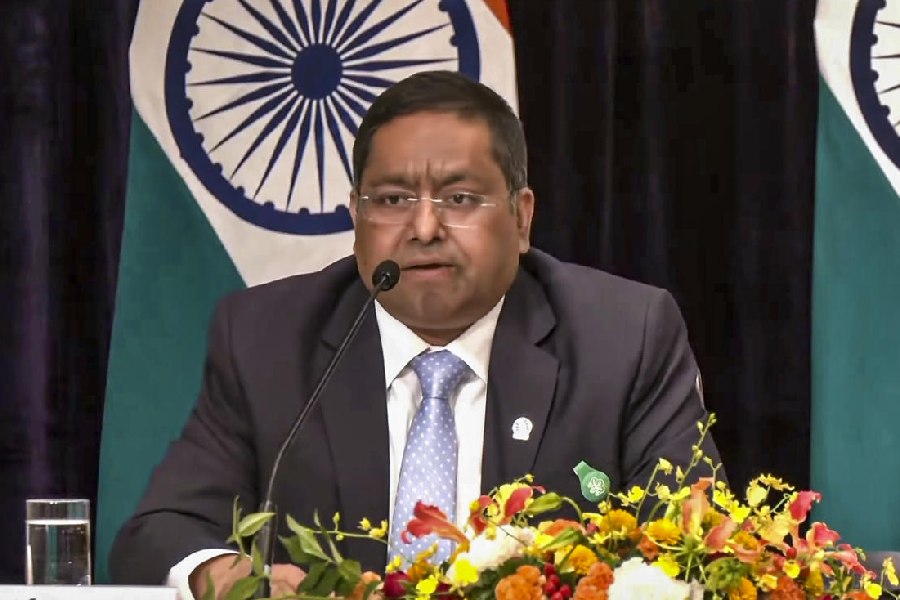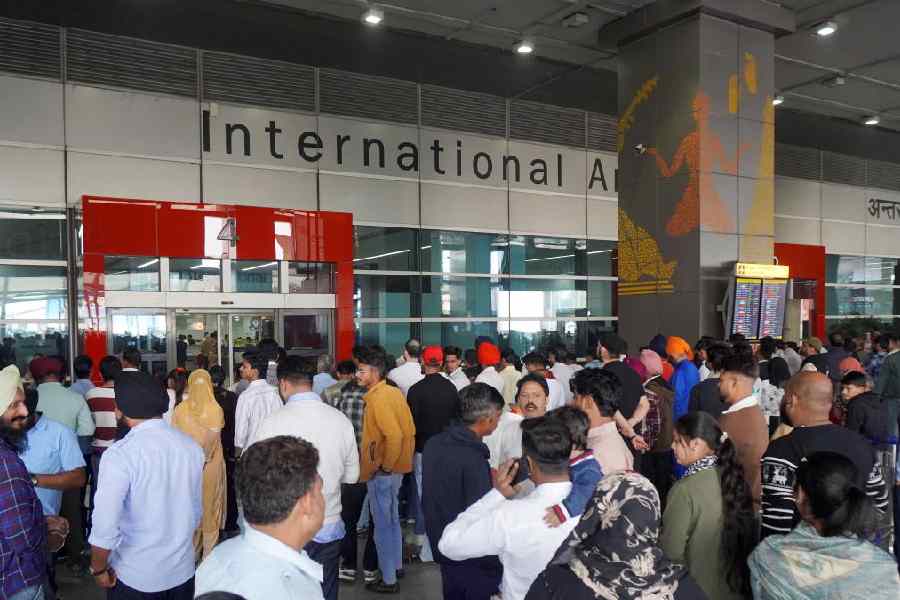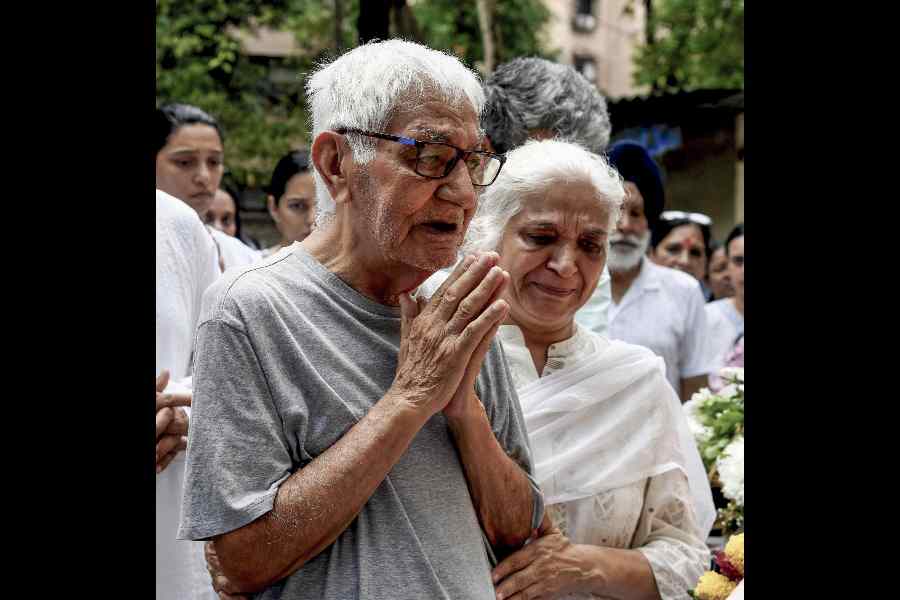 |
In 1936, the British conferred on Orissa the status of separate province.
The long struggle to bring together Oriya-speaking tracts at last achieved a significant, if partial, success. This struggle to give Oriya identity a territorial foundation had another dimension: a yearning to acquire a cultural status symbol, an encyclopaedia in Oriya language. Nagendra Nath Basu, whose monumental encylopaedia in Bangla had been published in 1911, had already set an inspiring example. In 1918, Pandit Gopabandhu Das, one of the chief architects of modern Orissa lamented the absence of this symbol of national identity in Orissa and wondered how long it would take Oriyas to set themselves this urgent cultural task.
Soon attempts to fill this gap were made and in 1922 an encyclopaedia titled Bibidha Sangraha was compiled and published by Lal Madhav Lal.
Other encyclopaedists followed his example and three encyclopaedias were compiled before India attained independence in 1947.
Of particular significance here is an encyclopedia in Oriya, the publication of which coincided with Orissa's achieving the status of a separate province on the basis of language: Bibidha Ratna Sangraha (A Collection of Gems of Various Kinds).
It was compiled by Lala Nagendra Kumar Ray, who is all but forgotten today but who was quite well-known in his own time as a translator and the author of some fifty books. The encyclopaedia adopts an interesting ordering principle: its first part deals with the world, its second, with India and the third and last part focuses on Orissa.
The reader moves from the larger circle to the smaller. The book includes testimonials from several eminent persons.
Some of these see Ray's encyclopaedia as a window on the world whereas some others see it as a window on Orissa itself at a time when its separate identity has been accorded official recognition. These two approaches provide a helpful perspective on this fascinating volume. The encyclopaedist seeks to assert Oriya identity by inserting facts about Orissa into accounts of India and the world and highlighting new dimensions of this new identity. As a window on the world the encyclopaedist focuses on facts, which exposes the injustice of British rule in India. Interestingly this is done at the same time as the compiler loudly expresses his loyalty to British rule.
Even where the encyclopaedia presents a fact about the world Ray cannot resist the temptation to bring Orissa in.
At the bottom of the table giving the per capita income of countries such as USA, Great Britain, France, and Australia the per capita income of Orissa, a province, is suddenly inserted. Similarly, the entry on Buddhism, a world religion, carries information that village teachers belonging to a certain teachers in Orissa are Buddhists. A longish entry on London uses Orissa as a point of reference stating that the population of London is one hundred and fifty times that of the town of Cutback. Recalling the past glory or locating it in a larger scheme of things is only one aspect of Ray's identity-building initiative. In subtle ways the emergence of Orissa from its feudal past into the modern world is celebrated in the encyclopedia.
This is done by including clusters of unusual and interesting facts. In the middle of usual information about about the geography, history and economy of Orissa one suddenly come s across information about self-made Oriyas, Oriyas who live abroad and Oriyas who have married outside their caste or religion or community. Ray claims that five thousand oriyas lived in Fiji, Bahama, and Trinida. He mentions an Oriya living in Latin America. Inclusion of information on these categories of Oriyas celebrates mobility, a fluidity of identity and a refusal to become prisoners of the past even as pride in one's identity is expressed.
The other crucial task Ray sets himself is the construction of a moral critique of empire and colonialism.
This task is accomplished in a number of interesting ways. The entries on various countries in the world take particular care to mention the degree of political indepence enjoyed by them. Morocco, for instance, is described as a semi-independent country; it is compared with a feudatory state in India.
The entry on De Valera speaks approvingly of the ant-British activities of Irish leader and goes out his way to mention his friendship with an Indian leader.
The entries on Great Britian give a special edge to this moral critique.While the British masters are addressed deferentially throughout facts are introduced which present the British in a very different light. he reader is informed that British women spend 80 crore rupees on cosmetics and that the British spend 65 crore rupees on sweets every year. Ray goes on to furnish grimmer statistics relating to British India.
Every year five hundred thousand cows are slaughtered in India to supply beef to the army. For good measure, Ray informs his readers aeveryday one hundred eighteen maunds of rice, fifity maunds of wheat sixty maunds of dal are exported from India. No wonder, then, that during the one hundred and thirty-three years of British rule in Orissa the province witnessed as many as fifteen large-scale famines. Ray's encyclopaedia, now not easily available and all but forgotten, may strike us today as delightfully eccentric and funny. But it shows that knowledge, even when presented as general knowledge, is never innocent, that it has hidden normative commitments, that 'facts' are never impartial or neutral.
It is time we went back to Ray's encyclopaedia and other encyclopaedias in Oriya to find out how society organised knowledge at different junctures of history and how encyclopaedias function as mind maps shaping our identities.











